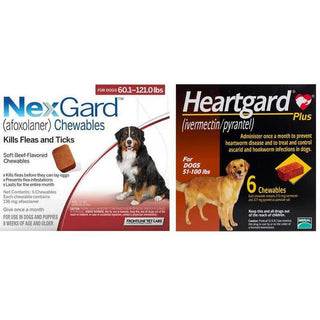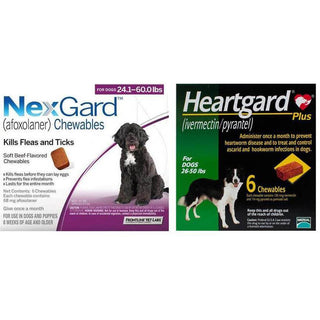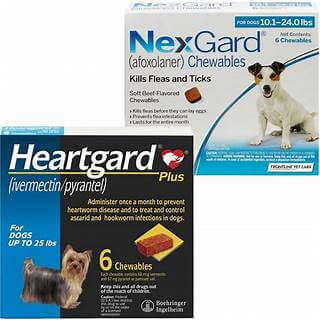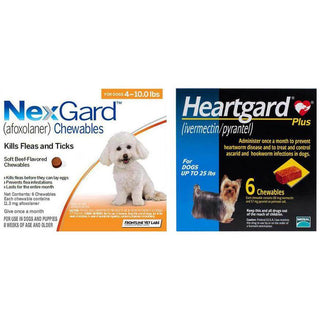
Domestic cats have evolved from larger felines needing little water for daily activities. Cats typically drink small amounts of water throughout the day, unlike dogs, who tend to drink large quantities at once.
Although cats don't consume large volumes of water, staying hydrated is essential for their survival and bodily functions. Therefore, knowing if your cat's water intake decreases is important.
If you observe your cat drinking less water than usual, contact your veterinarian to explore potential reasons.
Why Isn't My Cat Drinking Water?
Cats may reduce or stop their water intake for several reasons, including:
- Adequate Hydration: Cats generally need less water than dogs, so they might already be properly hydrated.
- Unclean Water Bowl: Cats are spotless animals and may avoid drinking from a dirty bowl. Ensure that their water bowl is filled with fresh water and clean. Dust, fur, or bacteria can deter them from drinking.
- Unfavorable Bowl Location: Cats prefer consistency and may not like it if their water bowl is moved. Avoid placing the bowl in noisy or high-stress areas, such as near a washing machine or in the presence of dominant pets. Position multiple water bowls in quiet, safe spots around your home to encourage drinking.
- Dental Issues: Dental problems can cause pain, leading to decreased water intake. Look for signs like reduced appetite, dropping food, pawing at the mouth, facial swelling, and drooling, which may indicate dental disease.
- Gastrointestinal Issues: Conditions like gastroenteritis, pancreatitis, inflammatory bowel disease, and certain cancers can cause a decrease or cessation of water intake. Consult your veterinarian, if you observe a significant change.
How Much Water Does A Cat Need To Drink?
According to the Committee on Nutrient Requirements of Dogs and Cats, cats generally consume one ounce of water for every half-ounce of dry food they eat. Veterinarians suggest that a healthy cat should drink about 4 ounces (half a cup) of water per 5 pounds of body weight each day.
A cat's exact amount of water can vary based on their diet and underlying medical conditions. To monitor your cat's water intake, measure the water in their bowl at the beginning and end of each day. However, cats may also get water from wet food, faucets, or other pet bowls.
How To Encourage Your Cat To Drink More Water
To encourage your cat to drink more water, try these tips:
- Multiple Water Bowls: Place several clean water bowls around the house, refilling them with fresh water numerous times daily to prevent dust, hair, or other contaminants.
- Quiet Locations: Place water bowls in quiet, serene areas away from loud noises and other animals to help your cat feel secure. If you relocate the bowls, guide your cat to the new spots, as they thrive on routine.
- Change Bowl Material: Switching from plastic to ceramic or stainless steel bowls may improve the water's taste and help prevent plastic allergies.
- Adjust Diet: Dry kibble contains about 10% water, whereas canned food has up to 70% water. Consider adding canned food to your cat's diet to increase hydration. You can mix water or low-sodium chicken broth into their food, but always consult your veterinarian before making dietary changes.
- Pet Water Fountain: Cats are instinctively drawn to running water. A pet water fountain offers a constant supply of fresh water and can be a more attractive option than leaving a faucet running. Regular cleaning of the fountain is essential to maintain water quality.
Contact Your Veterinarian If:
- Your cat still needs to drink more water despite trying these tips.
- Decreased water intake is accompanied by symptoms such as diarrhea, dehydration, vomiting, lack of appetite, weight loss, lethargy, open-mouth breathing, or changes in litter box usage.
A Vet will conduct a comprehensive examination and may suggest baseline lab tests to determine the cause of these behaviors.
Is It An Emergency If My Cat Stops Drinking Water?
If a cat doesn't drink enough water, it can lead to dehydration, a severe condition that can be fatal if not addressed. Pet owners might notice dehydration signs once they become severe. Critical signs of dehydration in cats include:
- Dry Gums: Gently press your finger on your cat's gums. They should change from white to pink within 2 seconds. If they stay white, appear cherry red, your finger sticks, or the refill time exceeds 2 seconds, your cat may be dehydrated.
- Skin Tenting: Pinch the skin between your cat's shoulder blades or on their head, lift it, and then release. The skin should snap back into place within a second. If it remains tented, your cat is likely dehydrated.
- Sunken Eyes: Dehydrated cats often have eyes that appear sunken into their head.
- Constipation: Dehydration causes the colon to extract more water from feces, leading to dry stools. If your cat is straining to defecate and produces little to no feces or small, hard balls, they may be constipated and dehydrated.
- Persistent Vomiting/Diarrhea: These symptoms can lead to significant water loss. While one episode may not be concerning, persistent vomiting or diarrhea paired with other signs can result in dehydration.
If you observe any of these signs, contact your veterinarian immediately. If it's after hours, consider visiting an emergency vet, as dehydration can rapidly lead to severe illness in cats.
Cats with health conditions like kidney disease, cancer, diabetes, or hyperthyroidism are more prone to dehydration and should be monitored closely if their water intake decreases.
In hot weather, during prolonged exposure to heat, or with increased physical activity, cats need more water. If you observe loss of appetite, lethargy, weakness, vomiting, diarrhea, straining in the litter box, or difficulty breathing, seek veterinary care immediately.






